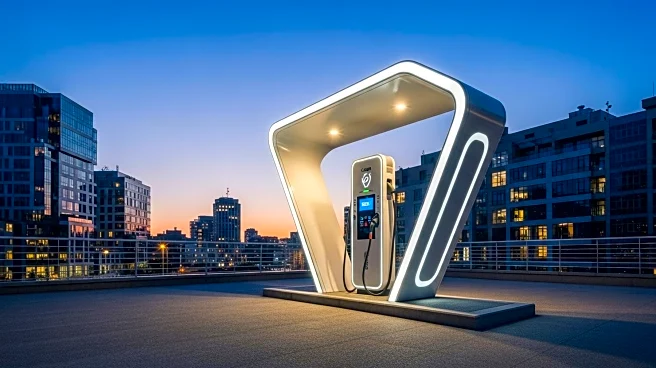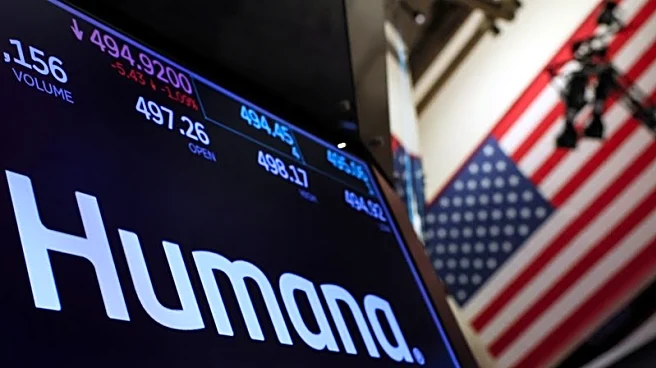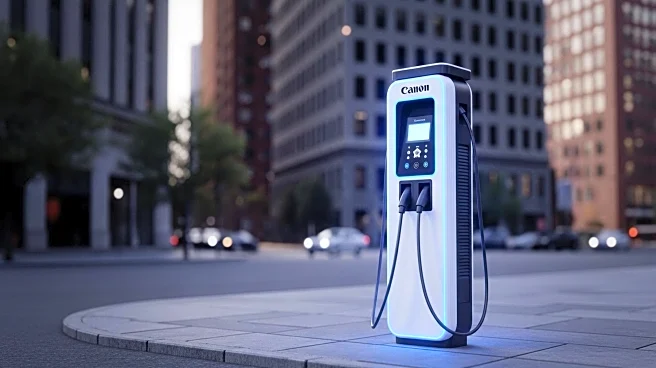What's Happening?
Ross Stores, a prominent discount retailer, has successfully opened 40 new stores across 17 states in September and October, completing its expansion plans for fiscal 2025. This includes 36 Ross Dress for Less and four DD’s Discounts stores, enhancing
its presence in the Midwest and Northeast with new locations in Michigan, New Jersey, and New York. The expansion also bolsters DD’s footprint in California and Texas, according to Richard Lietz, Executive Vice President of Property Development. The company aims to grow to at least 2,900 Ross Dress for Less and 700 DD’s Discounts locations over time. Additionally, Ross Stores acquired several locations from the Rite Aid bankruptcy deal, primarily on the West Coast. The retailer is refreshing its fleet and piloting self-checkout in 80 locations, with plans to expand these efforts in 2026.
Why It's Important?
The expansion of Ross Stores signifies a robust growth strategy in the competitive retail market, particularly in the discount sector. By increasing its store count, Ross is poised to capture a larger share of the market, appealing to budget-conscious consumers. This move could potentially drive increased foot traffic and sales, contributing to the company's financial health. The acquisition of Rite Aid locations further strengthens its West Coast presence, offering strategic advantages in logistics and customer reach. The introduction of self-checkout technology reflects a shift towards enhancing customer experience and operational efficiency, which could set a precedent for other retailers in the sector.
What's Next?
Ross Stores plans to continue its expansion, aiming for a total of 2,900 Ross Dress for Less and 700 DD’s Discounts locations. The company is also focused on refreshing half of its existing fleet and expanding self-checkout technology in high-volume locations by 2026. These initiatives are expected to improve customer service and streamline operations. As the retail landscape evolves, Ross's strategic growth and technological advancements may influence competitors to adopt similar strategies, potentially reshaping the discount retail market.
Beyond the Headlines
The expansion of Ross Stores may have broader implications for the retail industry, particularly in terms of employment and local economies. New store openings can create job opportunities and stimulate economic activity in the regions where they are located. Additionally, the adoption of self-checkout technology raises questions about the future of retail employment and the balance between automation and human labor. As Ross continues to grow, its strategies may prompt discussions on sustainable business practices and the role of technology in retail.














